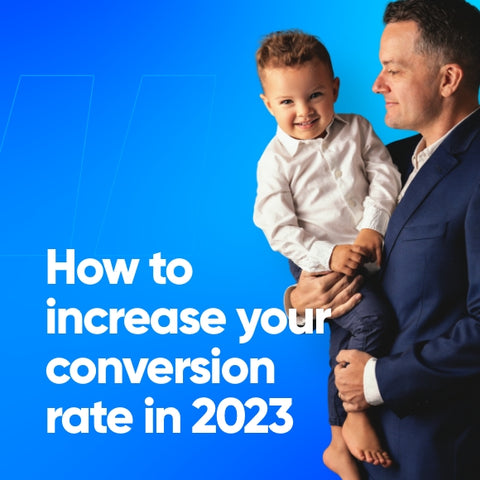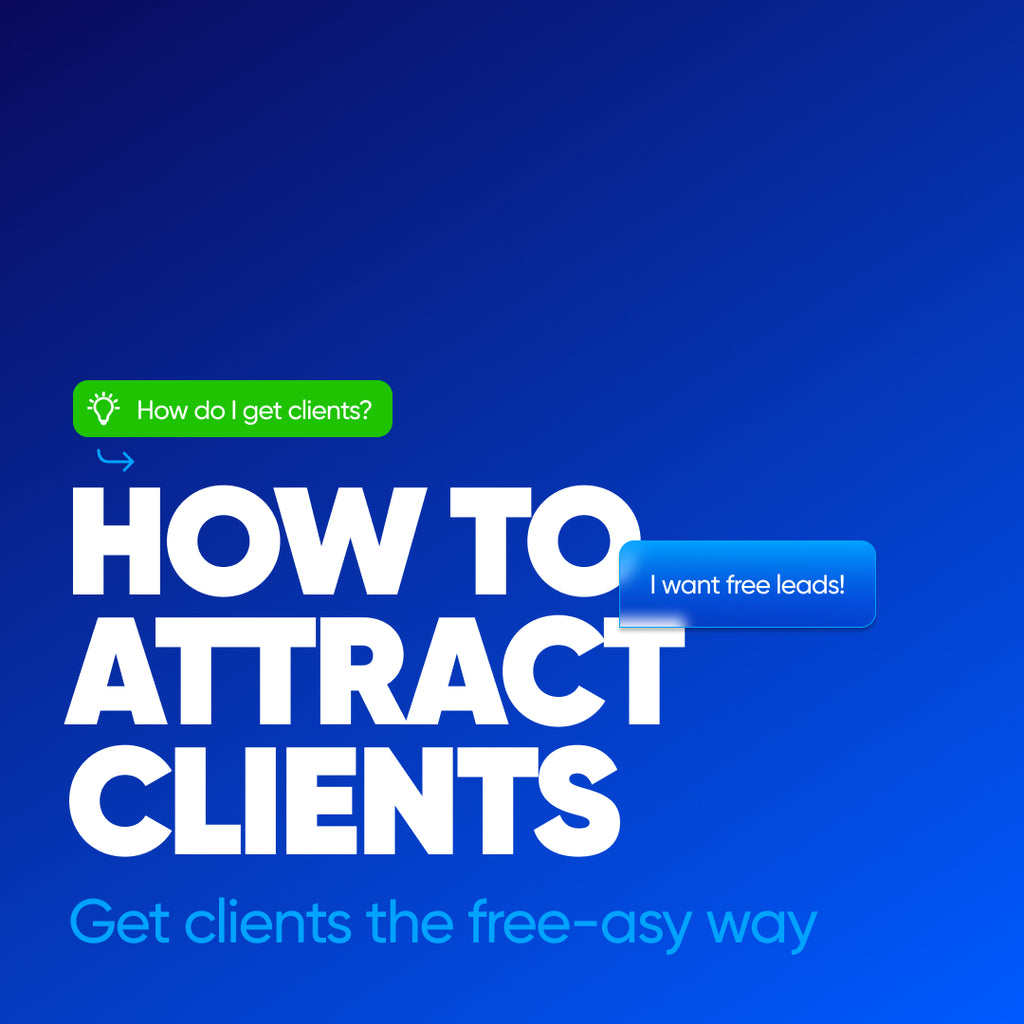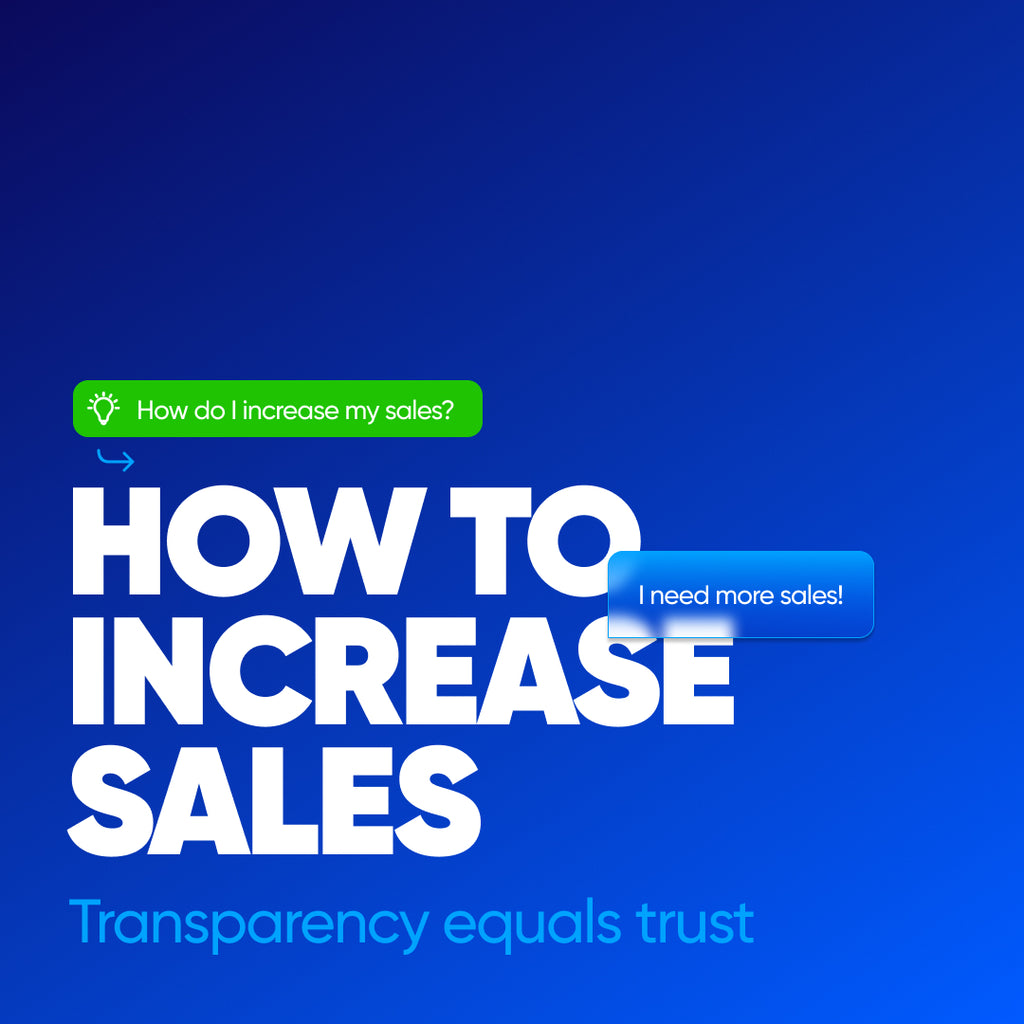If you use paid advertising, customer acquisition costs will be at an all-time high in 2023.
Increasing your conversion rate through optimization efforts instead of ad spend is worth the effort more than ever.
Increasing your conversion rate for website visitors breaks down into six major categories. Optimization efforts should focus on Pricing, Copywriting, Design, Development, Expertise, and Analytics.
You can increase conversions by offering price ranges to suit more budgets, writing excellent product descriptions, Designing better product pages, and establishing yourself and your brand as the expert in your industry.
Here is a basic overview (which I will expand on further in this article) of how you can increase conversions within each of these six major categories:
-
Pricing: Offer three levels of tiered pricing to appeal to a wide range of budgets.
-
Copywriting: Strike a balance between writing for benefits, features, proof, and search engine optimization.
-
Design: Your website must demonstrate the product and have a clear title, pricing, and call to action.
-
Development: Your website must be simple and fast to use. By increasing site speed and reducing clicks, you can increase conversions.
-
Expertise: As a start-up brand with a small audience, you must produce content that demonstrates Expertise in your industry.
-
Analytics: Google Analytics and Google Search Console are all you need to understand what you're doing right and wrong.
Here are the actionable steps you can use to increase conversions.
Conversion rate optimization can be increased in numerous different ways. Here is what has worked for me:
I have found these conversion rate methods have the most considerable initial impact on your web page, landing page, or even your profiles on social media. Conversion rate optimization tools can increase your site's conversion rate.
However, these can often be difficult to understand, expensive, and have far too much data to analyze in the beginning.
I would suggest starting with the below list of actions to face two core results, increase organic inbound traffic (which is much higher to convert since they found you and your brand, and increase click-through rate (CTR) on your website to ensure more customers add items to their cart and check out.
Putting this into a common perspective, if you're selling cars, and you have one visitor to your showroom per day, and your conversion rate is around 2% and lower, it's going to take months to sell anything, if at all.
The flip side is that when you're selling cars, your visibility in your market is high. You will have more customers coming to your showroom educated about the product and confident they can make a purchasing decision.
What is the goal of conversion rate optimization?
When we start conversion rate optimization projects, we aim to increase Visibility, Traffic, Education, and Confidence.
During conversion rate optimization, we must understand that ALL businesses are Business to Consumer (B2C). Business to Business sales doesn't exist because, as of January 2023, humans are still selling to humans.
Humans purchase products and services for several reasons, and it would be too complicated to analyze every demographic for particular attributes in one article.
To simplify the purchase decision and give you actionable items you can check off, we want to ensure that we increase the following:
-
Visibility: Get more customers to see you
-
Traffic: Get more customers to find you
-
Education: Create knowledgeable customers
-
Confidence: Help customers feel good about the purchase
Visibility:
How to get more customers to see you?
Becoming influential is an essential step in the process of increasing conversions. Customers generally want brands that understand them, and that feels familiar. To do this, we want to identify what our customers have in common.
Ask these questions:
-
What do they like?
-
What do they do?
-
What problems do they have?
Social media makes it incredibly easy to do manual user research by simply analyzing customers' social channels, reading their posted reviews, and getting a feel for who they are. Take a sample size of about 30 customers or potential customers (if you have no customers) and do this initial research to develop content that would help them.
Let's start with posting long-form content like your Blog articles to your website and then make a short-form version of that content for your social media channels. These are both inbound traffic-generating methods, but they take time to build up. Your goal is to create content consistently that is interesting to your users.
Think first about helping your customers solve problems with your Expertise before you offer product solutions. Some customers will see a post, research you and buy your product. Others will lurk and follow you for months. A common trend that makes it extremely difficult to increase conversions is bombarding your audience with product posts, DM's, likes, and comments.
Content creation to increase conversions is a long game. We must ensure that we're not annoying our audience and are only focused on building the audience in the beginning.
Help first, sell later.
Traffic:
How to get more customers to find you?
Website traffic is a critical step to increase your conversion rate. You might think that there is a linear relationship between traffic and conversion rate. However, it seems that it is not linear.
When we look at the relationship, it shows that as your traffic increases, your Expertise, Authority, and Trust ranking on Google search delivers more of your content higher up the rankings. As your rankings increase, so does your conversion rate, you're ranked higher and customers generally only go a few results deep on the search engine results page to find their answer.
Do this today:
-
Optimize all of your pages for technical SEO
-
Ensure that each of your pages has enough content
-
Index all of your pages on Google Search Console
MUST READ: How do I rank on Google with SEO Writing?
Education:
How to educate your customers?
Developing a personal relationship with your customers is difficult at scale. When you have 20-30 customers it's fairly straightforward, but as your business grows that personal one-on-one connection will be lost.
To continue to build personal connections with customers so they return to your brand time and time again to make purchases, it's important to product content which is helpful to them and demonstrates that you understand their problems and can offer solutions.
Do this today:
-
Figure out the problem your customer is facing
-
Breakdown the problem into manageable parts
-
Offer a solution that addresses each part
Confidence:
How to create confident customers?
Customers gain confidence when they feel understood, and they understand. One of your primary goals is to ensure this connection is made. To achieve this and increase your conversion rate you need to identify the customer's problem, communicate it back to them, then offer the solution.
To ensure your customer understands your product or service it is critical to explain both the feature (what your brand does) and the benefit (what solution is achieved). It's been said to death, but when Steve Jobs introduced the iPod music player, he didn't say that it "Has a 1GB capacity," he said "1,000 songs in your pocket."
Is it possible to explain features and benefits in a once-in-a-generation brilliance? Probably not. But what you can do is focus on both the feature and the benefit; what does it do, and why is that a benefit?
Do this today:
-
Write down all of the questions you receive
-
Read the bad reviews from competitive products
-
Ensure that you answer these questions, and address these negative reviews when communicating your product or service
Conversion rate optimization checklist:
Here is what I do first to increase conversions for my client's businesses and my own business.
Conversion optimization with pricing:
-
Tiered pricing on product variants
-
Offer free shipping
-
Use discount and coupon codes
Conversion optimization with copywriting:
-
Solve the customer's problem by explaining the benefits of the features
-
Increase organic traffic with Search Engine Optimization (SEO)
-
Build customer confidence through expertise and testimonials
Conversion rate optimization using Design:
-
Design enticing and responsive product pages
-
Keep the Title, Description, Price, and Call to Action clear
-
Use only high-quality, consistent product images
Conversion optimization using Expertise:
-
Produce content such as blogs and adapt them to social media to establish Expertise
-
Perform user research to understand the problem and offer the solution
-
Explain benefits and how they solve specific customer problems
Conversion optimization using Development:
-
Ensure mobile response
-
Increase site speed
-
Reduce clicks
Conversion rate optimization using Analytics:
-
Google Analytics to track traffic
-
Google Search Console to index pages and analyze
-
SEMRush to see an overview
What CRO tools should I use?
CRO Tools can be powerful, but they are often complicated and may only produce expensive vanity metrics
This is why we must put aside CRO tools in the beginning, because although they work, they are often a lagging indicator, with much of the data analysis 1-2 months behind. For example, when I use analytics tools such as SEMRush or Ahrefs and make a change to my site, and only do one change, I will most likely see the results indicated in the analysis 1-2 months later.
CRO tools should be used for ongoing course corrections, and potentially identifying algorithm changes, but beyond that they are mostly vanity metrics, as you will see that the more products and content you add, you will see an increase in traffic. That can be done with Google Analytics and Google Search Console without having to pay for the more expensive tools.
How to calculate conversion rate for your site?
As you start running through the checklist of conversion rate optimization strategies, you will start to notice an increase in web traffic. Over time when you educate your prospect and inspire confidence, you will have paying customers as well. The conversion rate in itself is a vanity metric, but it's a good indicator of the success of your conversion rate optimization strategies.
Users can convert each time they visit the site
For an eCommerce site selling multiple products, a user can make a new purchase every session. So it's ideal to optimize for as many conversions as possible. If a user visited the site 5 times, that counts as 5 sessions and provides 5 opportunities to convert.
As an example, if the user behaved in the following manner:
-
Session 1: No conversion: The user came to the site, explored the pages, and left.
-
Session 2: No conversion: The user came to a blog post, spent 5 minutes reading the content, and left.
-
Session 3: The user bought one low-value product and then left.
-
Session 4: No conversion: The user viewed another product, and added it to the cart but didn't checkout.
-
Session 5: The user bought 2 more products because the low-value product sold them on your ability to provide the intended result. This will be treated as one conversion because it is a single order.
To calculate the conversion rate, we will use a simple formula. Which is Conversion Rate = (Number of Conversions/Number of sessions) X 100
For this user, in this case, that would be; (2/5) X 100 = 40%
To calculate the conversion rate of the entire site, you would use the same formula but feed in the total number of conversions and total sessions. Web analytics tools make it relatively easy to access this quantitative data. Which makes it easy to track the required metrics to calculate the conversion rate.
So if you get 100 orders in 2000 sessions, the conversion rate is (100/2000) X 100 = 5%
The user can only convert once
This is true for subscription-based businesses and services. Where the user subscribes to your service once, and that is considered a conversion. The user can come back to the site again, but once they purchase the subscription, they can't convert again.
Let's take a behavioral example of a user like this, over 3 sessions:
-
Session 1: No conversion: The user visited the site, explored the pages, and left.
-
Session 2: The user subscribed t the service! This is the conversion.
-
Session 3: No conversion: The user came back to read a support blog.
The user can't convert in every session. So instead of using the number of sessions in the formula above, we use the number of users. So if we get 500 orders per 5000 unique users. Our conversion rate will be:
(500/5000) X 100 = 10%
What do I do with this number?
As we said that the conversion rate is a vanity metric but a good measure of your site's overall performance. The website is your ultimate salesperson, so with this new number in mind, you revisit each of the stages mentioned above. Increase visibility, increase traffic, increase education and increase confidence.
To implement this, you use the checklist I added earlier. With time and considerable effort tweaking individual aspects of this checklist, you are bound to see growth in your overall conversion rate.
Remember, no same CRO strategy will work for another site. A site that sells car parts to primarily middle-aged men, will not be very useful for selling makeup to primarily teenage girls. Your prospects don't behave similarly, and with CRO being so customer focused, the strategy in each case will be different.
What I can promise is that conversion rate optimization is an iterative process. If you fine-tune your user experience, implement A/B testing, improve your copywriting, and experiment with CTAs; you will find the conversion formula that works for you.
FAQs
What is the formula for conversion rate optimization?
The formula for conversion rate optimization for websites selling multiple products is the number of conversions divided by the number of sessions multiplied by 100. For subscription-based websites, it's the number of conversions divided by the number of unique users multiplied by 100.
Largely a vanity metric, this number is good to measure the overall health of your conversion rate optimization strategy.
Is conversation rate optimization part of SEO?
Conversion rate optimization does not have a direct impact on the SEO of your website, it can have profound benefits on the overall quality of your website, of which SEO is a major part.
Primarily this means that with improved customer insights you can understand what messaging works well. You can then tailor your content strategy to suit the interests of your prospects, and write quality informational content. This will lead to higher confidence in your prospects, to then buy your product. CRO and SEO are co-dependent in that aspect, where one benefits from the other.
What is conversion performance?
Conversion performance is the act of determining if the conversion rate that you have is good and sustainable for your business. A 2% conversion rate may be low by some standards but may be considered good if you achieved it by spending next to nothing, whereas a high conversion rate is good but may not be sustainable. There is a set of Key Performance Indicators like the Number of conversions, Conversion rate, CPA (cost per acquisition), Conversion value, Conversion ROI, Sales funnel metrics and Revenue.

Here is how to increase sales in 2023 with conversion rate optimization
Then, pick one of these:

Hourly Graphic Design

Shopify eCommerce Success Coach
Third, try these:

Create your online store

Map your next project






